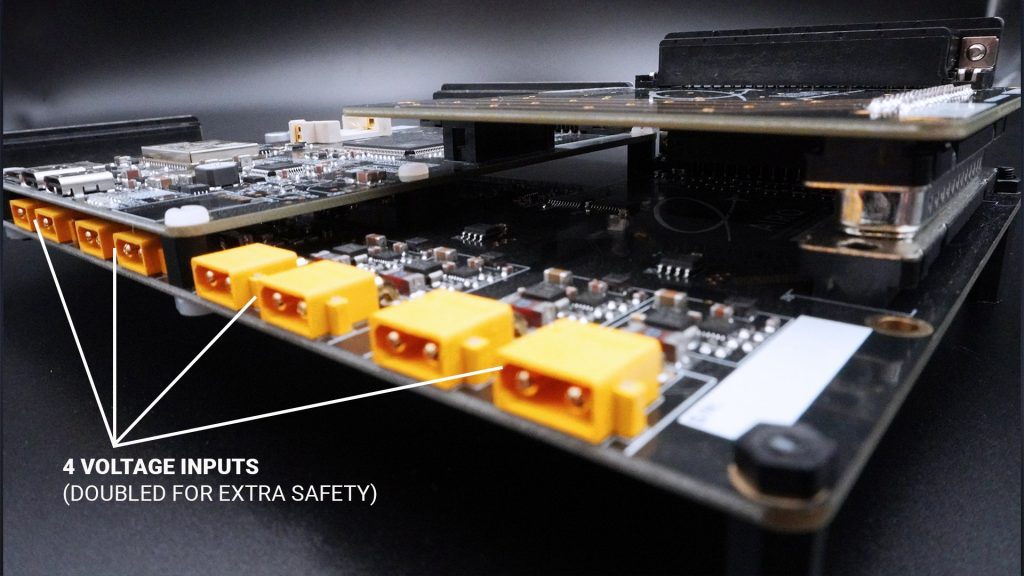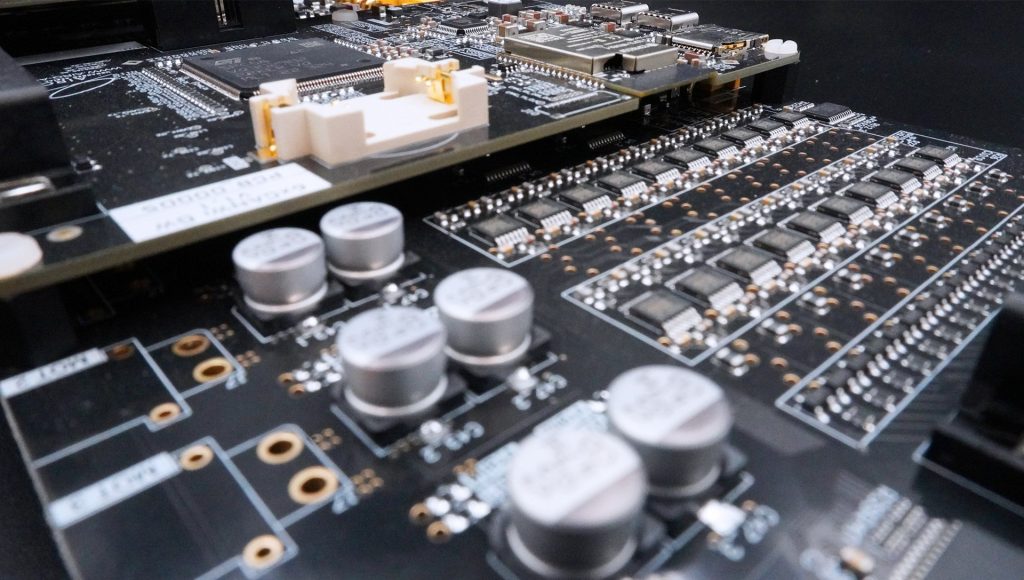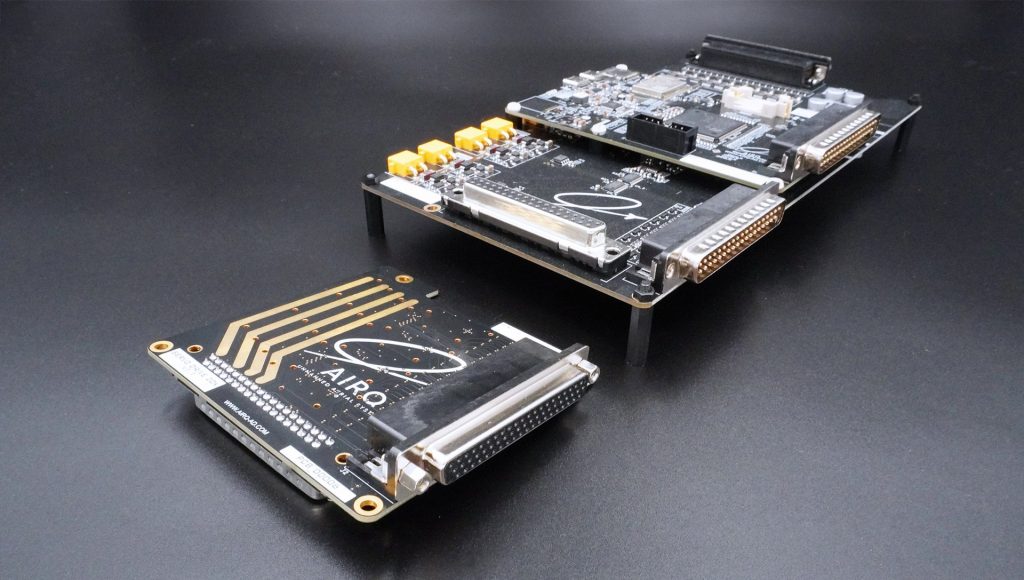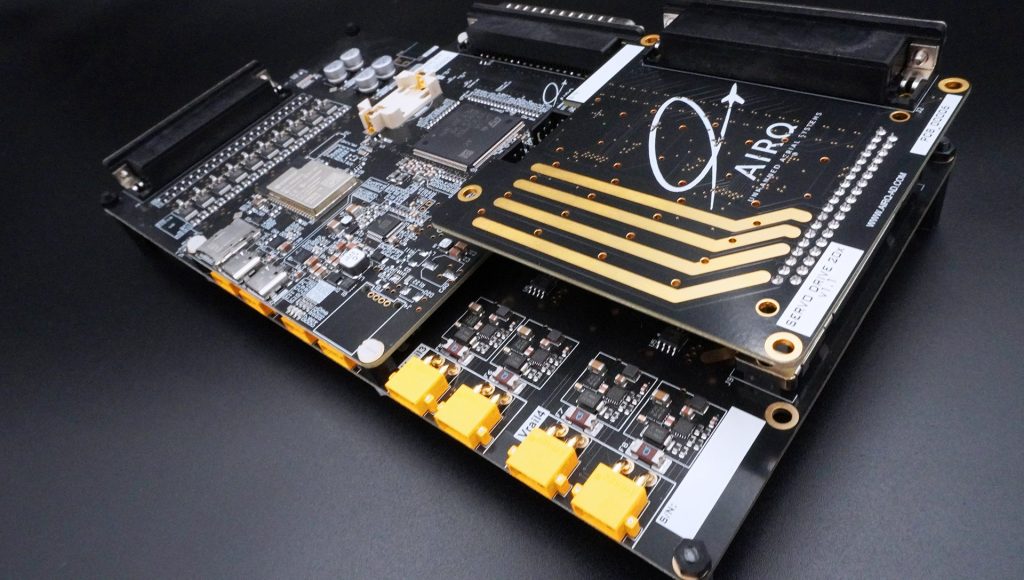02 July 2024
Our Power Supply has four voltage inputs, each doubled for extra safety . These inputs can be customized, and we use 5, 8, 12, and 24 volts. Each voltage input has a correctness check to detect a fault on any rails.
The power supply also features 20 voltage outputs for powering 20 devices. Each output can be determined by any voltage from 4 voltage rails and is controlled by voltage and current.
During the flight, it is possible to detect the deviation of each rail or output beyond certain limits for a particular device, thereby detecting the malfunction of the device being powered.
Additionally, it enables the automation of the pre-flight inspection, eliminating human error and speeding up the aircraft’s preparation for flight.
This is particularly useful for components not connected via CAN that don’t report their status, such as non-CAN servo motors.
If the aircraft has more than 20 devices and needs separate power supply insights, we can add an extension board with an extra 20 voltage outputs. This board also measures voltage and current for complete control.
Additionally, there are 3 H-bridge outputs on the bottom for controlling electric motors (e.g., landing gear or gimbals). This means users don’t need to develop separate electronics for servo mechanisms. The power supply can control these mechanisms thanks to analog and digital inputs and outputs on a separate connector.










